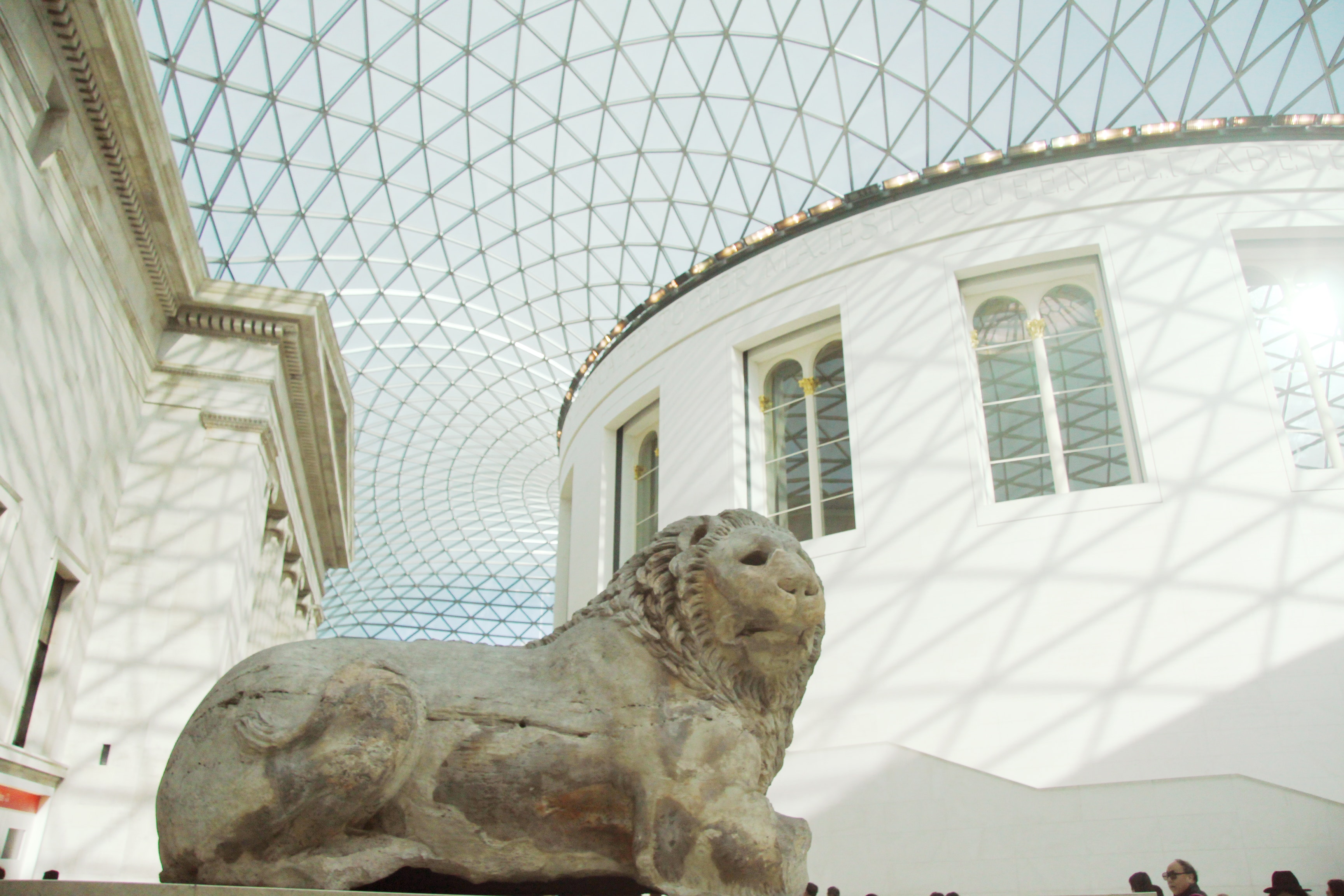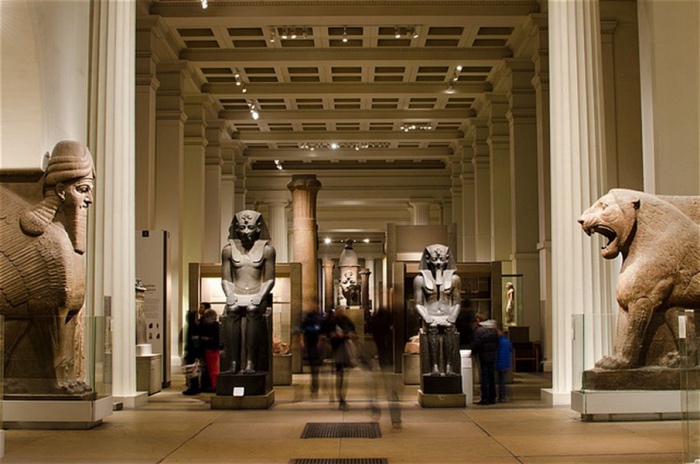
Could you have imagined that a museum as prestigious as the British Museum could be the scene of an unprecedented scandal?
A major scandal at the British Museum in London has called into question the authority and security of one of the world’s most important museums, an institution that enjoys enormous international respect and houses a collection of over 8 million works of art and historical artefacts. A scandal that comes on top of other thorny issues related to its collections and the claim of some foreign countries to have works of art returned that were stolen many decades ago.
Scandal at the British Museum: a museum’s loss of credibility

British Museum, Great Court. Image source: Wikipedia
The British Museum is going through a dark period of its existence.
Peter Higgs, the curator in charge of the museum’s Greek and Roman antiquities, has resigned and is suspected of the theft of almost two thousand archaeological objects from the museum’s storerooms and their subsequent resale on eBay. As if this were not enough, the scandal at the British Museum comes at a particularly sensitive time as the museum’s management has long been criticised for its reluctance to return works of art acquired during the colonial period. These include the Parthenon friezes.
So what are the implications of this crisis for the future of the museum and its reputation?
THE STAIN ON THE CREDIBILITY OF A CULTURAL GIANT
Among the museums to visit in London, a must is the British Museum, one of the most prestigious museums on the planet that is now in the midst of a crisis that is seriously undermining its reputation.
Peter Higgs, head of Greek and Roman antiquities at the museum, is accused of having stolen and then resold almost 2,000 historical artefacts on eBay. The objects, ranging from gold jewellery to semi-precious stones and glass artefacts, date from periods ranging from 1500 BC to the 19th century.
During the summer of 2023, the unexpected resignation of Hartwig Fischer, director of the British Museum since 2016, had confirmed many long-standing suspicions. Two weeks later, in fact, the museum issued an official statement admitting that many objects had been lost or stolen.
A report in the Telegraph revealed that the museum was aware of these thefts as early as 2021, casting further shadows on the museum’s management and leading to Fischer’s resignation.
In February 2021, Ittai Gradel, a Danish dealer, had already reported the problem. After buying some objects on eBay, Gradel had contacted the museum several times claiming that he suspected that he had bought some British Museum works online.
For months, Gradel wrote to the museum’s management that he had realised that he had bought 70 pieces of jewellery over the years that appeared to come from the museum. All objects had been sold by the same person: a certain Paul Higgins to whom, however, a PayPal account in the name of Peter Higgs was linked.
Despite this, internal investigations had led to nothing.
It is not unusual that in a large museum some objects can be easily stolen, especially considering that only a fraction of the approximately 8 million pieces are on public display. However, the number and duration of the thefts make the scandal at the British Museum unprecedented. Aggravated also by cuts in state funding over the past 15 years, which has led to a slowdown in the cataloguing of the collections and which entitles us to think that perhaps many of the stolen objects will never be found because they were never catalogued.
MANAGING THE COLLECTIONS OF A LARGE MUSEUM
The scandal at the British Museum shakes the reputation of the museum, already compromised by allegations concerning its reluctance to return artworks acquired during colonialism. In the midst of a fundraising campaign for important restoration projects, this scandal could not have come at a worse time.
In recent years, the world’s most important museums have been at the centre of a great debate on whether works that were looted during colonialism should be returned. While some European and American museums have started to return some of them, the British Museum, whose collection was largely composed in this way, is one of those museums that oppose this possibility, invoking the British Museum Act of 1963, which prohibits the return of a work unless it is a duplicate, damaged or no longer in the public interest. The most famous argument concerns the Parthenon marbles, which arrived in England after they were detached from the temple on the Acropolis in Athens.

British Museum. Image source: giftsitter.com
In a world where trust in cultural institutions is already in the balance, the scandal at the British Museum raises urgent questions not only about the management of the museum itself, but also about the role that these great cultural institutions play in our global society. This is a story that will still have developments and is worth following.
If you would like to learn more about the museum’s rich collections, visit the ‘British Museum London: Collections of the Ancient Near East‘ page.

